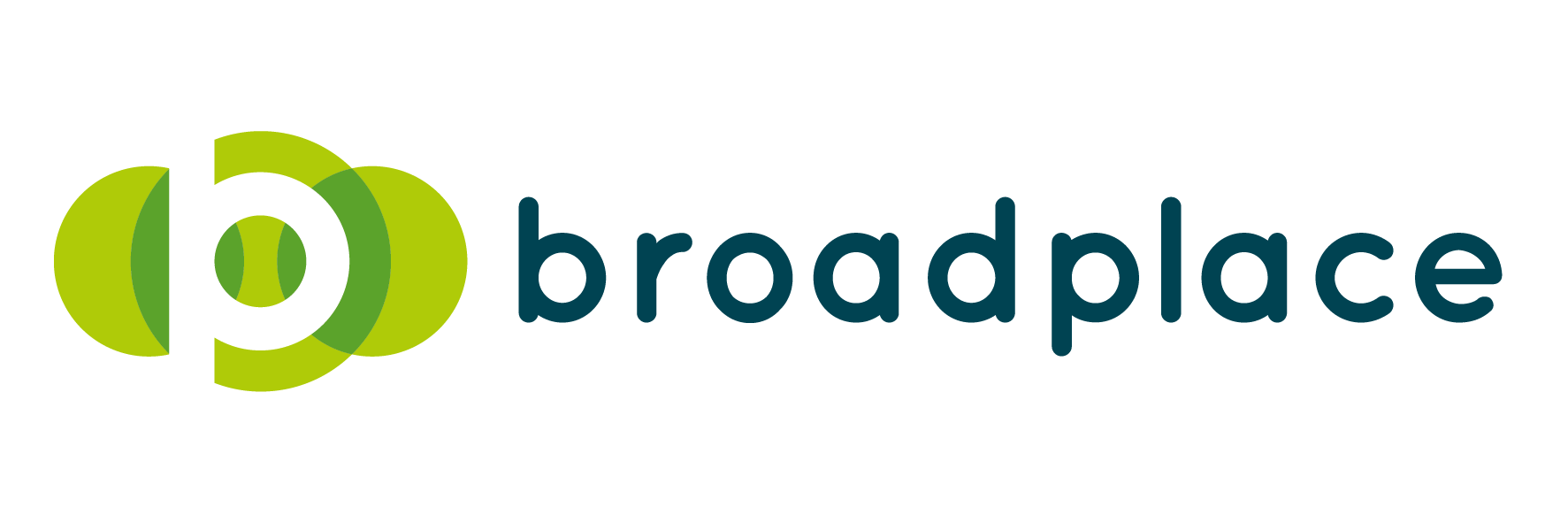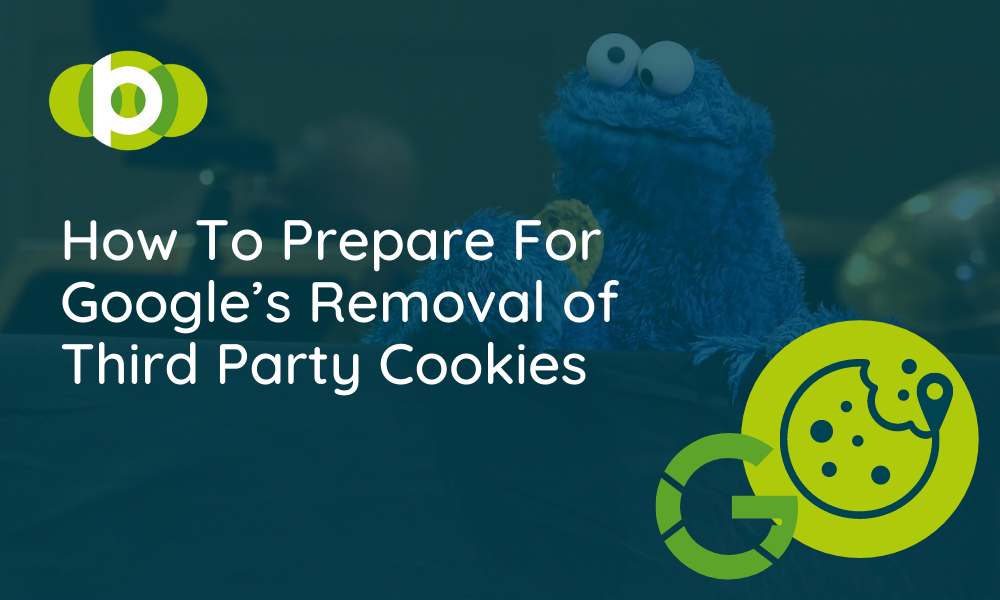As a result, Google has decided to phase out third party cookies from its Chrome browser in 2021.
With 66% of the market share, Chrome is a major browser and this change has the potential to impact the way businesses market to their customers.
So it makes sense to have a basic understanding of what these changes are and what they mean for you.
What are the different types of Cookies
Before we jump into more detail, it’s important to understand what cookies are as well as the different types of cookies.
What is a cookie?
A cookie is a small text file stored in your browser that you use to access the internet. It stores some information about you that helps the browser to identify you online and provide a personalized browsing experience.
In other words it tracks what sites you visit and what you do online.
What are the types of cookies?
Now we’ve got the basic understanding of cookies out the way, it’s important to understand the two different types of cookies:
First party cookies
Cookies that are created and stored by the website you are visiting. They are usually used for collecting data for analytics, remembering language settings and generally anything that helps to provide a better user experience.
Third party cookies
A third-party cookie is created by sites other than the one the user is visiting. They’re mainly used for tracking and online-advertising purposes.
But wait, what about second-party cookies?
Second-party cookies are cookies that are transferred from one company (the one that created first-party cookies) to another company via some sort of data partnership (e.g. from the airline to the trusted hotel chain).
So they are not really important to marketers – just forget we’ve ever mentioned them.
What’s the difference between the first-party cookies and third-party cookies?
If all of the above is tough to get your head around then it’s helpful to use the below table to understand the difference.
First-party cookies | Third-party cookies | |
Setting up / creation | Originate from the main domain opened on users’ web browsers. Publishers set the cookies to their website using JavaScript code. | Do not belong to the main domain opened on users’ browsers. They are loaded by third-party servers (such as ad servers) on publishers’ websites. |
Availability | Only accessible via the domain (publisher’s website) that created it. | Accessible on any website that loads a third-party server’s code. |
Browser support | Supported by all browsers. However, users are always free to block cookies from their browser settings. | Historically supported by all browsers but many are now blocking them due to increasing privacy concerns. Also, in the case of incognito mode, browsers do not load third-party cookies. Plus, many users regularly delete third-party cookies themselves |
So what’s happening to cookies and when?
By 2022 Google will throw out third party cookies for good and with it, will re-write the way online advertising has been carried out forever.
Meaning it should no longer have access to your personal browsing history!
So that means no more tracking you across the web.
Or does it?
Introducing FLoC
Google is looking at several options for replacing third party cookies. The front runner of them is Federated Learning of Cohorts (FLoC).
This technology will use algorithms built into Chrome to group people into cohorts.
Advertisers will then be able to target these cohorts through in-market and affinity audiences.
Sounds similar to cookies right?
Well not quite. Because the users are grouped and anonymised, it preserves their privacy. So it removes some of the major issues that there are with cookies.
Google will roll out FLoC testing with advertisers using Google Ads from April 2021 (Google 2021). Added to this, Google also aims to trial controls for the Privacy Sandbox, which gives users the option of opting in or out of the Privacy Sandbox in April.
So what’s the impact for advertisers?
The truth is, we just don’t know yet.
If FLoC works as well as Google says and has 95% of the accuracy of cookies, then there shouldn’t be any noticeable difference.
But if it doesn’t, it could mean that:
- Companies that heavily rely on third party cookies could be impacted.
- Advertisers will have to rethink their strategy.
- First party cookies could play a more important role.
- Advertising publishers will become less attractive.
- Affiliate marketers will have to change the way they track users.
- Enterprise level businesses with a lot of customer data will have an advantage over smaller businesses.
So what are some things that you can do now to prepare for this?
How to plan:
- We recommend reviewing the utilisation of your first-party data.
- Ensure you have the right levels of permissions legally, and permission to use the data for marketing.
- Start collecting your own data.
- Establish a direct connection with your audience and deepen your relationships with your customers.
Collecting More First Party Data
The big risk of the removal of cookies is accuracy, especially when it comes to trying to understand customer and user engagement. Businesses and advertisers that have traditionally relied on third party data to understand user and customer behaviour will need to source their own data to ensure they maintain a level of accuracy when managing their website experience and marketing campaigns. Adding additional data capture points helps close the information void that the removal of cookies would otherwise create.
Whilst some behavioural elements aren’t possible to track through first party data, such as page visits and average time spent on site, it is possible to rely on first party data to inform other areas.
It is expected that more businesses will introduce walled areas, requiring sign up and logins so that businesses can begin to have a more direct relationship with their customers (if they didn’t already). A registration process for websites can be off-putting for some users, but if the experience is right it can offer opportunities for both sides and makes first party tracking that bit easier.
To support that user tracking, it is important the business is supported with a robust CRM. It has never been more important for businesses to have a good understanding of who their customers are than now and being able to keep track of their interactions as they continue to engage with those customers will be the key to filling in the gaps left by the removal of cookies.
Adding additional opportunities to engage with customers will also be important. Creating ways to encourage customers to share their data will be necessary to ensure that engagement is there, whether that is through offers or discounts, early access or other benefits. Loyalty schemes have been around for quite some time, but they’ll become an even more useful tool for businesses to maintain that connection.
For agencies and in-house teams, we would suggest:
- Communicating the upcoming changes to your clients and businesses and supporting teams.
- Map out the user journey, understand the key contact points and data capture opportunities.
- Help to understand the reliance on data and the potential impacts that will had on decision making. What data can be replaced and what data will be missing?
- Identify any potential issues and get ahead in resolving those as early as possible.
There will be new announcements on this topic, so remain tightly connected to the changes coming in. It’s about being able to adapt to the new changes and if you work within digital you should be used to this.
Final Thoughts
There’s obviously a lot of concern about how people’s data is being used online.
And for good reason.
It’s because of this that Google is going to have to pivot the way in which it tracks you. However, this is Google we’re talking about. A multi-billion-pound advertising company.
It’s unlikely it will introduce something that will jeopardise advertising revenue. So the impact that you will see, as an advertiser, will be minimal.
Don’t miss our next post that will explain how you can prepare for the new changes.

